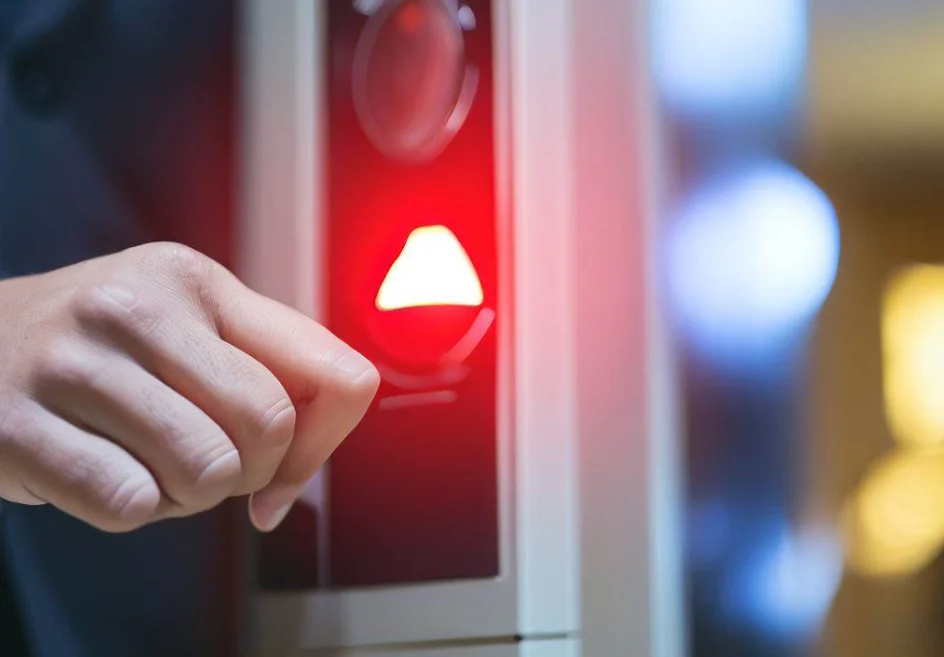Technology is advancing at breakneck speed, and businesses are struggling to keep up with the latest tools and trends. However, great leaders know that to stay competitive, they must balance the needs of the present with a focus on the future.
Take the hospitality industry, for example. With rising guest expectations and increasing business demands, hotels are investing in cutting-edge platforms to stay ahead of the curve. From mobile check-in and keyless room entry to personalized guest experiences through artificial intelligence and machine learning, hotels are embracing new technologies to enhance guest experiences, improve operational efficiency, and increase revenue.
But with so many new technologies emerging every day, it can be challenging for leaders to keep up. They need to find a way to stay on top of the latest trends while ensuring that their current systems remain operational and effective. This means planning for the future while also keeping a close eye on the present.
How have safety platforms for hotel employees evolved over time?
In the past, hotels relied on noisemakers, if anything at all, to provide safety for their employees. These handheld or independently stationed devices would emit an audible distress signal in the case of a staff emergency. While the basic principle was on the right track, these devices had many apparent shortcomings. For example, employees could not be sure that their distress calls would be heard, and the audible signal could alert an assailant, potentially putting the employee in greater danger. Additionally, these devices could not provide any insight into the specific location of the problem, which was especially problematic for larger hotels with multiple levels and hundreds of rooms.
 Given these limitations, it’s clear that the provision of noisemakers alone could not truly provide hotel employees with a heightened sense of security. Hoteliers needed to invest in modern safety technology to ensure the well-being and safety of their employees while performing their duties.
Given these limitations, it’s clear that the provision of noisemakers alone could not truly provide hotel employees with a heightened sense of security. Hoteliers needed to invest in modern safety technology to ensure the well-being and safety of their employees while performing their duties.
It wasn’t until 2012 that hotel operators in New York agreed to provide hotel employees with their own personal panic buttons, following the highly publicized 2011 arrest of French politician Dominique Strauss-Kahn for sexual assault against a Sofitel New York housekeeper. This was a turning point, as early developers of modern panic button solutions realized the lack of urgency that the hospitality industry demonstrated in regards to the evolution of staff safety technology.
Fortunately, in 2018, the rise of employee safety devices (ESDs) ignited a wave of change. These devices have evolved from the basic noisemakers of the past to cutting-edge wearable devices with GPS tracking and two-way communication capabilities. This enables employees to call for help in case of an emergency, such as a violent guest, medical emergency, or sexual harassment/assault, and provides management with real-time data on the employee’s location so that they can respond quickly and effectively.
What are the safety platforms of the future for hotel employees?
The safety platforms of the future for hotel employees are next-generation employee safety devices (ESDs) that act as a dedicated safety platform and application, leveraging Bluetooth technology to relay GPS coordinates of any employee in distress. These handheld devices transmit precise location data back to support in the case of a staff emergency, both on and off the property, to ensure that staff members can be located and assisted immediately. The electronic exchange of data also allows for enhanced tracking and reporting of incidents, a feature that aligns nicely with the newly implemented advanced video systems throughout the public areas of hotels.
With these improved, cloud-based safety measures and best-in-class platforms in place, hotels can remain accountable and proactive in regards to the safety of their staff and guests alike. In fact, wearable ESD technology is being explored for the future, which will ensure that enhanced staff safety is entirely accessible 24/7.
The future of ESD technology will be integrated and intuitive, providing a holistic safety solution for hotel employees. The devices will be designed to incorporate a range of safety features, such as two-way communication, GPS tracking, and real-time data reporting. These features will ensure that employees are never alone in a dangerous situation and that management can respond quickly to any emergency.
Furthermore, the integration of wearable ESD technology will provide even greater safety and security for hotel employees. Wearable devices can be discreetly worn by employees, providing an added layer of protection while on the job. These devices will be easy to use, intuitive, and designed for maximum comfort, allowing employees to focus on their work without distraction.
